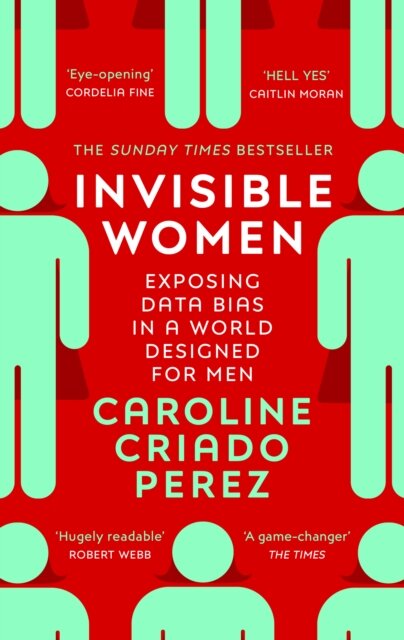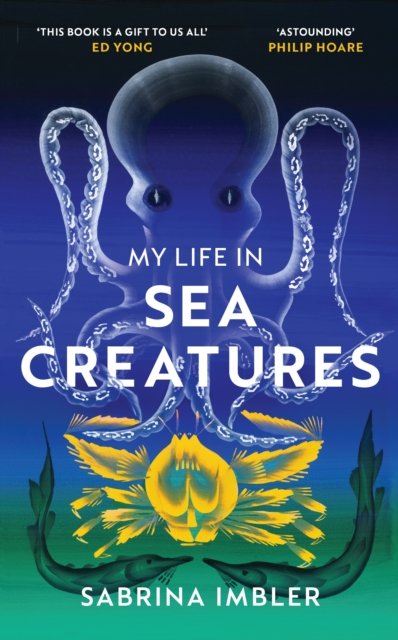Touch is Really Strange - Steve Haines
Why can't we tickle ourselves? How can slow touch convey more powerful emotions than fast touch? How does touch shape our perception of the world? The latest addition to the Really Strange series, this science-based graphic comic addresses these questions and more, revealing the complexity of touch and exploring its power and limits. Used positively, touch can change pain and trauma, communicate compassion and love and generate social bonding. Get it wrong and it can be abusive and terrifying.
Touch helps us feel real. Knowledge comes through our body as we engage with space and with others. Before we have language, our concepts are formed as we meet a world full of edges and textures.
Touch is Really Strange celebrates the power of inward touch (interoception) and looks at how we can use skilful contact to promote feelings of joy, connection and vitality.
Why can't we tickle ourselves? How can slow touch convey more powerful emotions than fast touch? How does touch shape our perception of the world? The latest addition to the Really Strange series, this science-based graphic comic addresses these questions and more, revealing the complexity of touch and exploring its power and limits. Used positively, touch can change pain and trauma, communicate compassion and love and generate social bonding. Get it wrong and it can be abusive and terrifying.
Touch helps us feel real. Knowledge comes through our body as we engage with space and with others. Before we have language, our concepts are formed as we meet a world full of edges and textures.
Touch is Really Strange celebrates the power of inward touch (interoception) and looks at how we can use skilful contact to promote feelings of joy, connection and vitality.
Why can't we tickle ourselves? How can slow touch convey more powerful emotions than fast touch? How does touch shape our perception of the world? The latest addition to the Really Strange series, this science-based graphic comic addresses these questions and more, revealing the complexity of touch and exploring its power and limits. Used positively, touch can change pain and trauma, communicate compassion and love and generate social bonding. Get it wrong and it can be abusive and terrifying.
Touch helps us feel real. Knowledge comes through our body as we engage with space and with others. Before we have language, our concepts are formed as we meet a world full of edges and textures.
Touch is Really Strange celebrates the power of inward touch (interoception) and looks at how we can use skilful contact to promote feelings of joy, connection and vitality.






